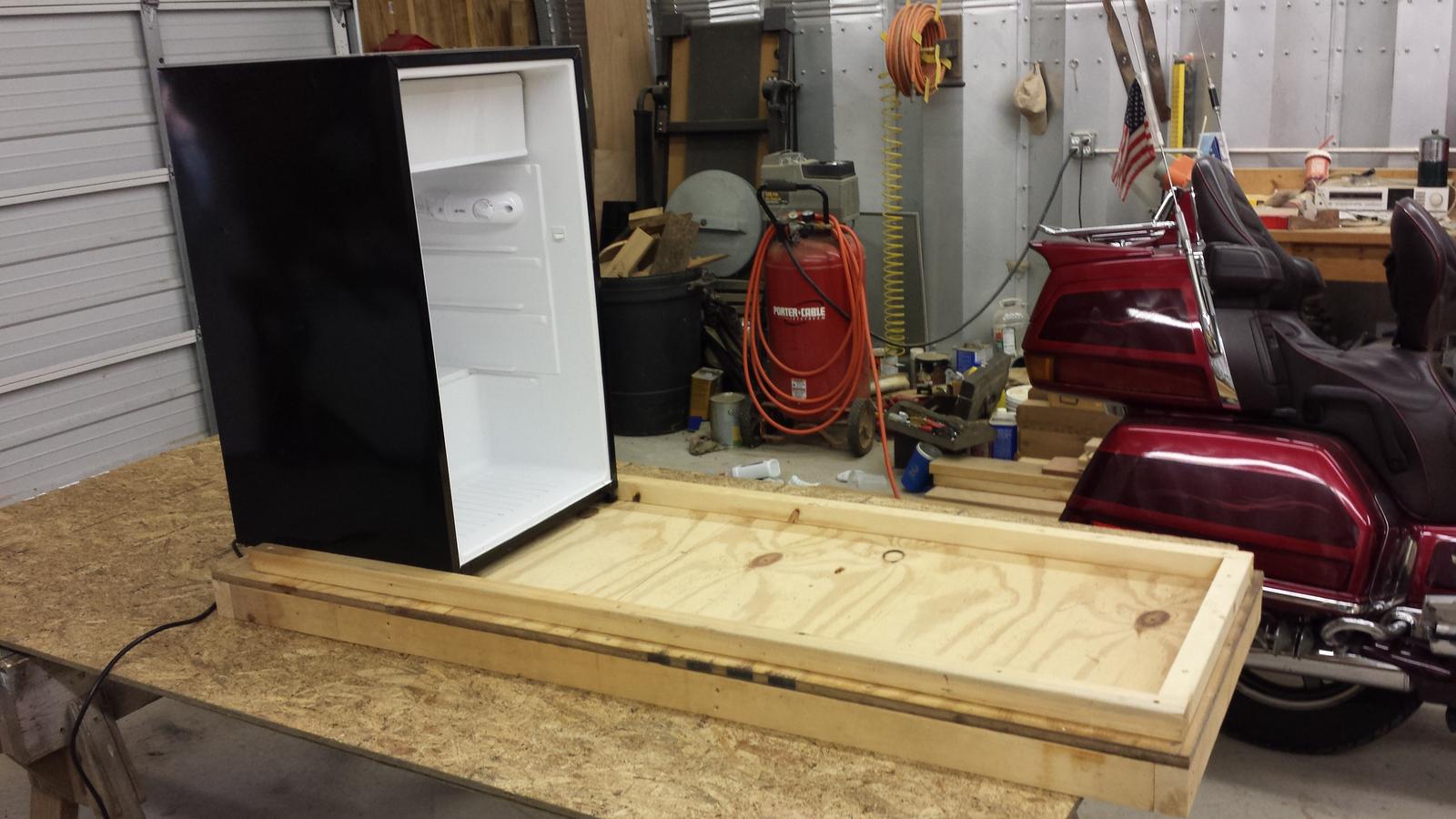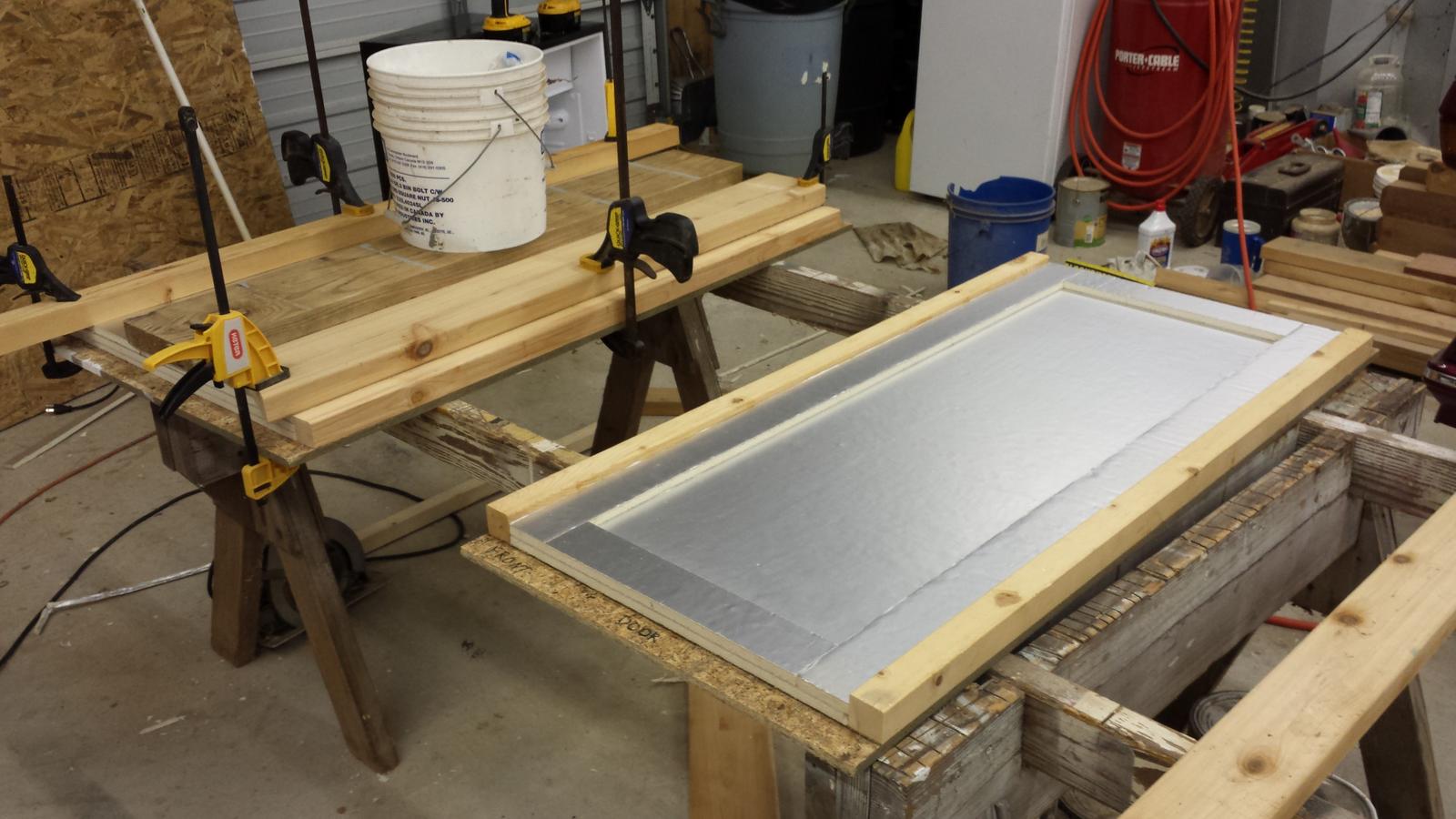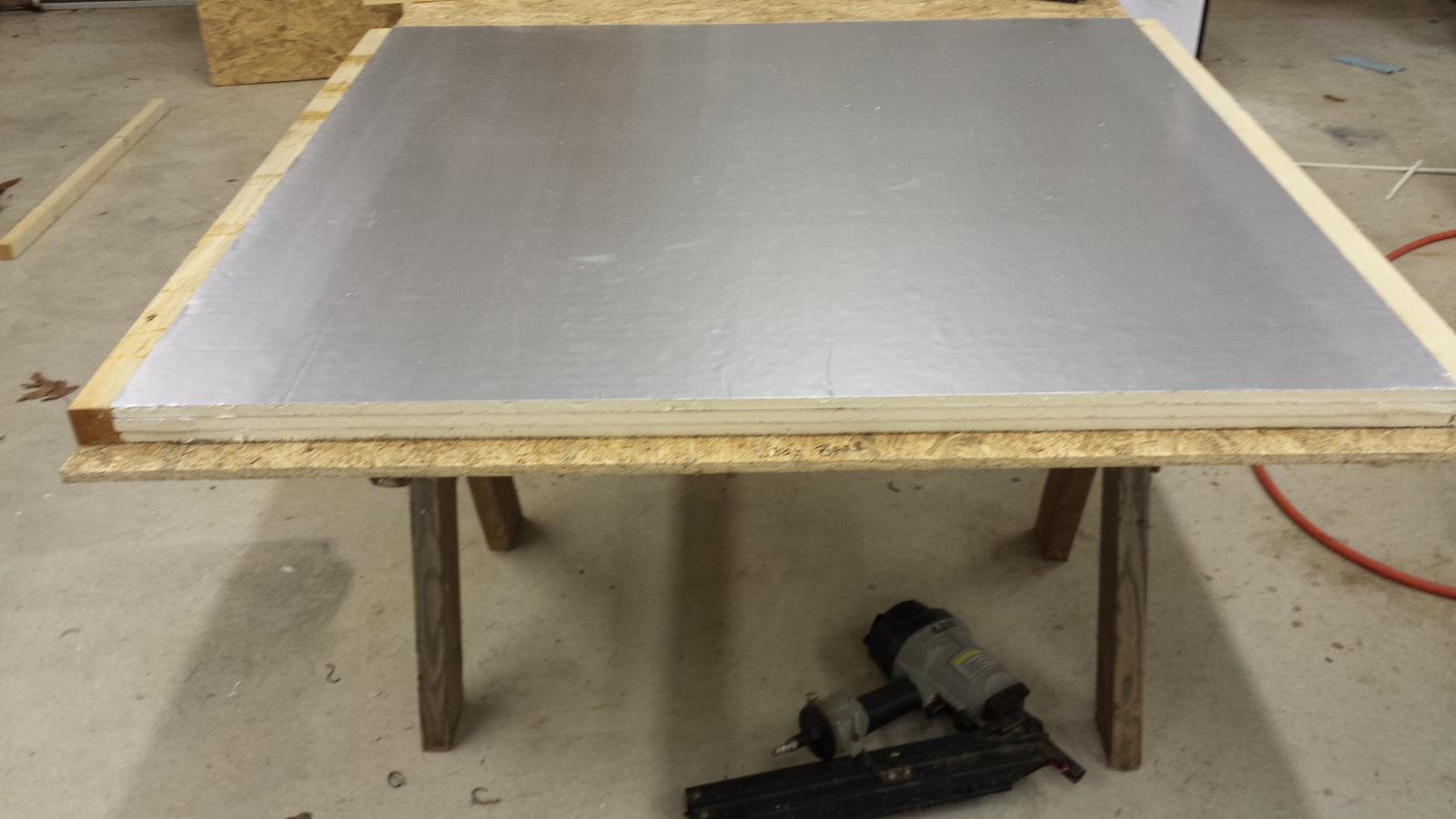I'm starting a fermentation chamber build tomorrow. I already have an STC-1000 controller and I'll be fermenting in a Fastferment which has a thermowell in it. I plan to use the temp probe of the STC-1000 in the thermowell of the Fastferment for sensing the temp of the wort.
Trying to think through this; when the controller senses the temp of the wort goes above the set value, the controller will turn on the frig which starts to cool the air in the chamber. But the thermal mass of the wort will be slow to react to the cool air. So when the wort finally does cool and the controller senses the wort is below the set value, it turns off the frig.
But the air in the chamber will be so cool that it continues to cool the wort well below the set value. Then the wort will warm up and the cycle will start over again.
Given the slow reaction to temp changes of the wort compared to the air temp in the chamber, how do you avoid having the controller cause the temp swings in the wort due to this differential?? :smack:
Trying to think through this; when the controller senses the temp of the wort goes above the set value, the controller will turn on the frig which starts to cool the air in the chamber. But the thermal mass of the wort will be slow to react to the cool air. So when the wort finally does cool and the controller senses the wort is below the set value, it turns off the frig.
But the air in the chamber will be so cool that it continues to cool the wort well below the set value. Then the wort will warm up and the cycle will start over again.
Given the slow reaction to temp changes of the wort compared to the air temp in the chamber, how do you avoid having the controller cause the temp swings in the wort due to this differential?? :smack:






